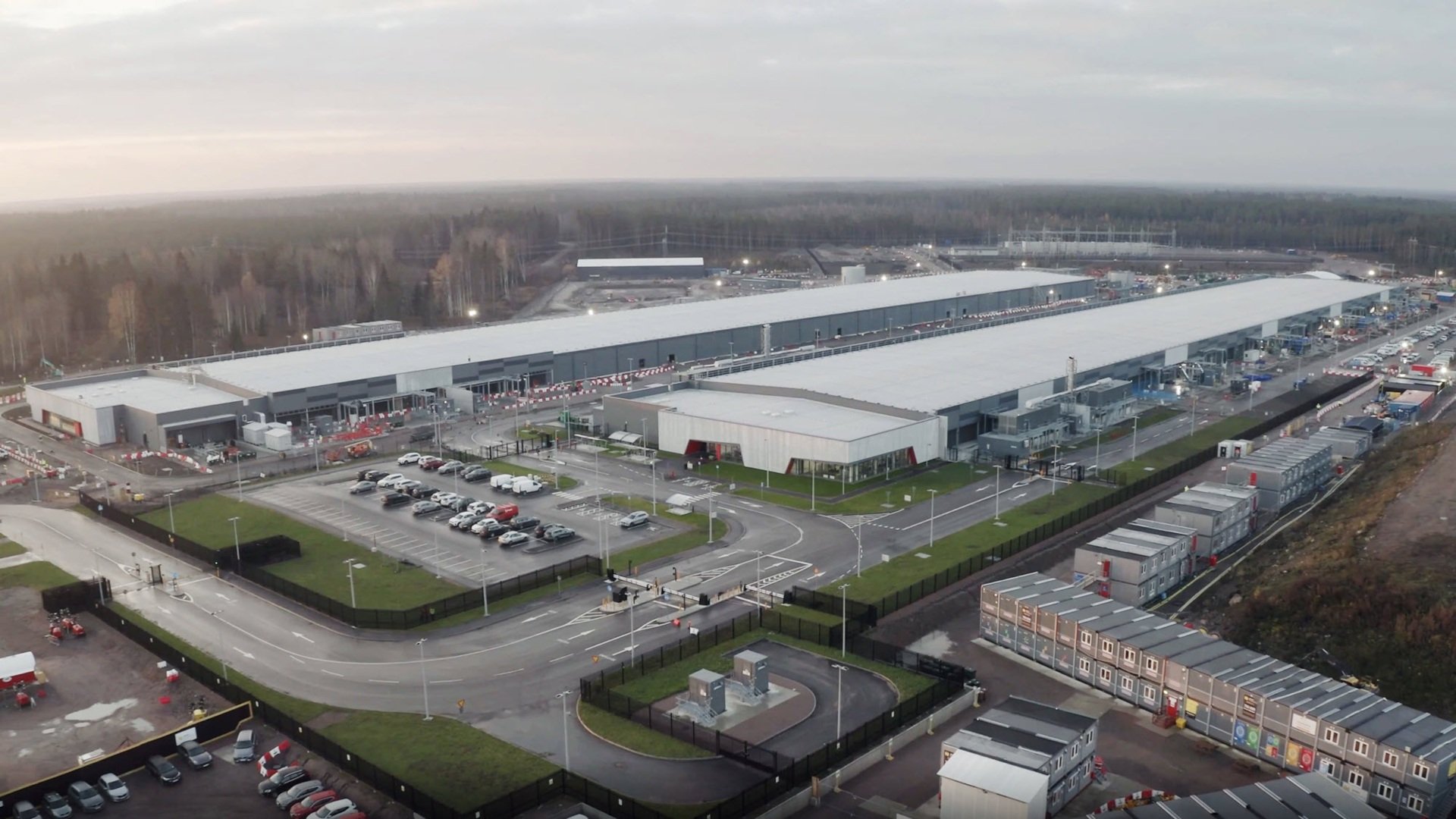Most software developers absolve themselves of responsibility: sustainability is primarily the task of hardware developers, system integrators and network operators. But ISVs also play their part in green signage, such as choosing sustainable data centers, efficient use of computing resources and reducing data volumes.

Sustainability: Working practice for greener software
The Canadian DooH platform provider Broadsign is considered an ESG role model in the digital signage industry. For two years, the software company has consistently converted its organization, products and actions towards sustainability. Net zero is expected to be achieved by the end of 2023 – with one exception: business trips. For a company with customers in 85 countries, climate-damaging air travel cannot be avoided. However, these are fully compensated for with carbon certificates.
With the help of consultants, Broadsign annually determines direct and indirect carbon emissions, identifies levers, continuously optimizes and reports transparently on all measures (Report). In addition to continuous reduction, continuous measurement and public reporting are at the top of the ESG agenda.
So how can software companies assume their responsibility for green signage?
Broadsign follows the Green Software Foundation’s Principles of Sustainable Software Engineering. The non-profit organization is supported by Accenture, Google, Intel, Microsoft, Siemens and other large corporations.
The principles of Green Software are
- Carbon: Build applications that are carbon-efficient.
- Electricity: Build applications that are energy efficient.
- Carbon Intensity: Consume electricity with the lowest carbon intensity.
- Embodied Carbon: Build applications that are hardware efficient.
- Energy Proportionality: Maximize the energy efficiency of hardware.
- Networking: Reduce the amount of data and distance it must travel across the network.
- Measurement & Optimization: Focus on step-by-step optimizations that increase the overall carbon efficiency.
Quite a few topics, but they are closely linked to each other. For Broadsign, this meant switching to energy-efficient cloud-based, micro-service computing in green data centers. North American customers were relocated to Azure data centers in Quebec that are powered by 100% sustainable electricity (primarily hydroelectric). Microsoft Azure and Amazon AWS data centers around the world were selected based on sustainability considerations.
Developing energy-efficient and hardware-friendly applications is not a sprint but a marathon. Especially when companies like Broadsign have made several acquisitions in recent years and operate software with different origins.
New challenges with AI and programmatic
Reducing the amount of data also brings its challenges. In particular, the global trend towards programmatic results in significantly more data than before. Last but not least, AI is another energy-consuming technology entering the digital signage and DooH world. According to a recent study, the computing load and energy consumption of active AI use has at least doubled at 58% of companies in the last year.
